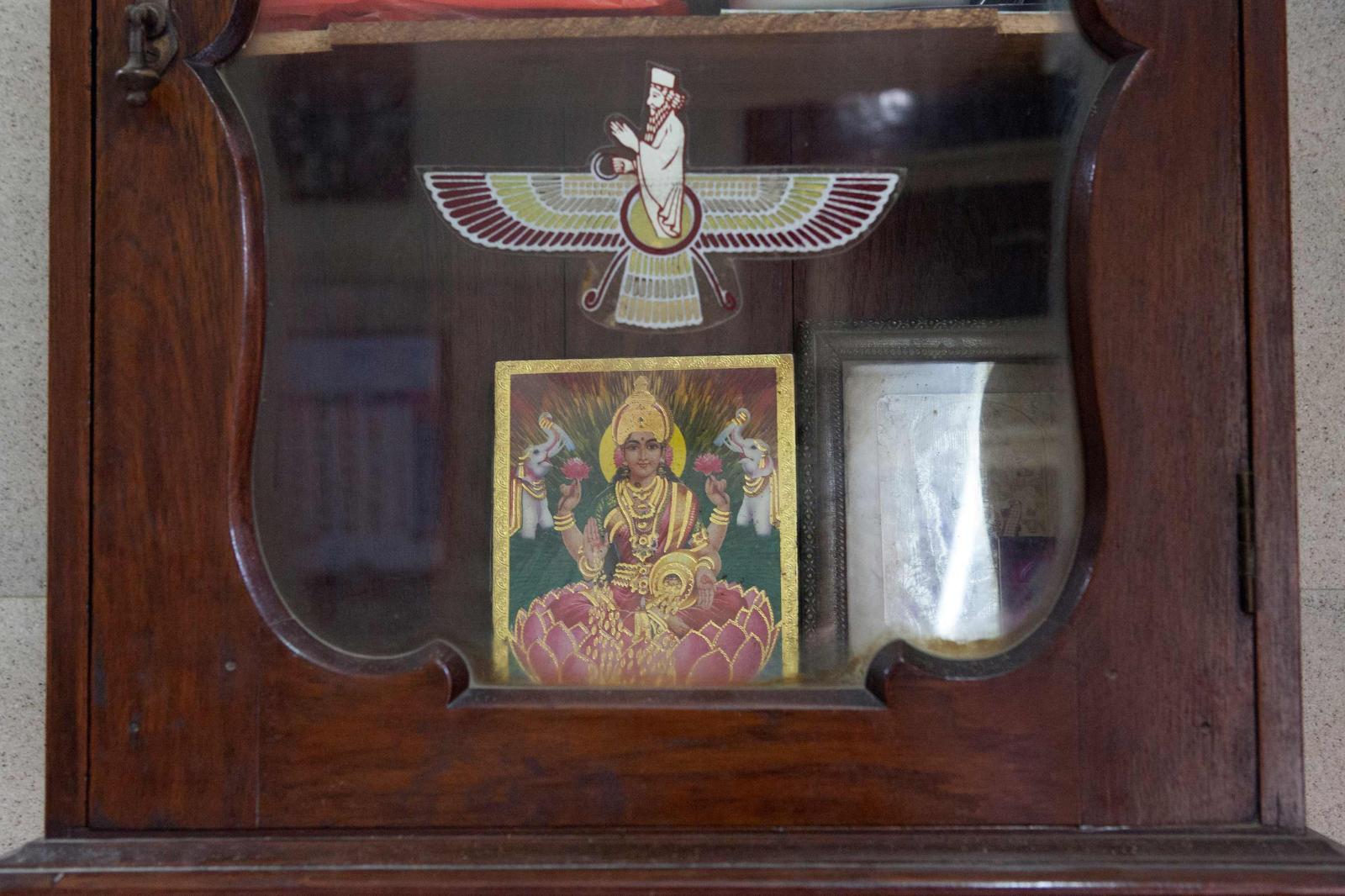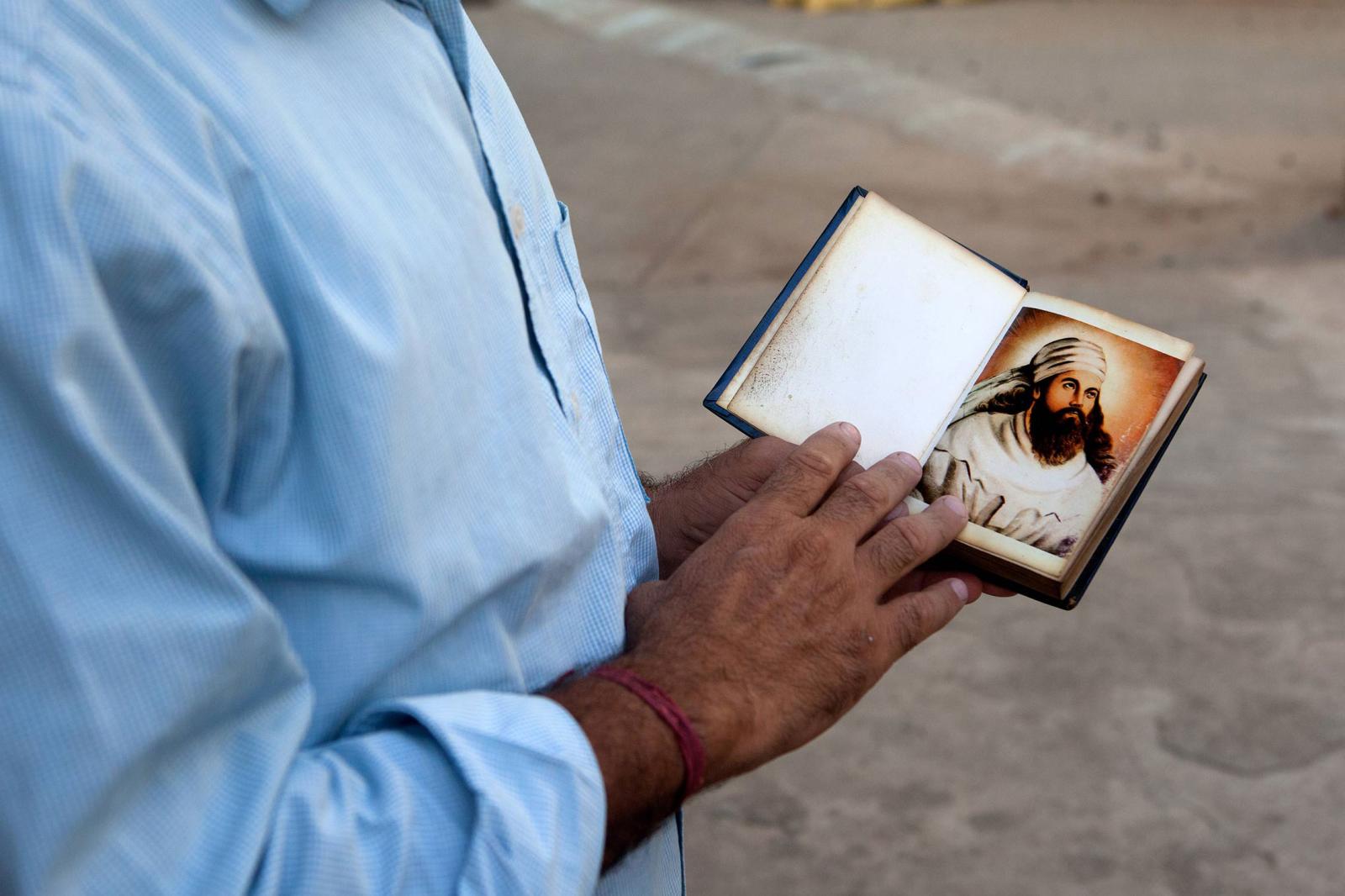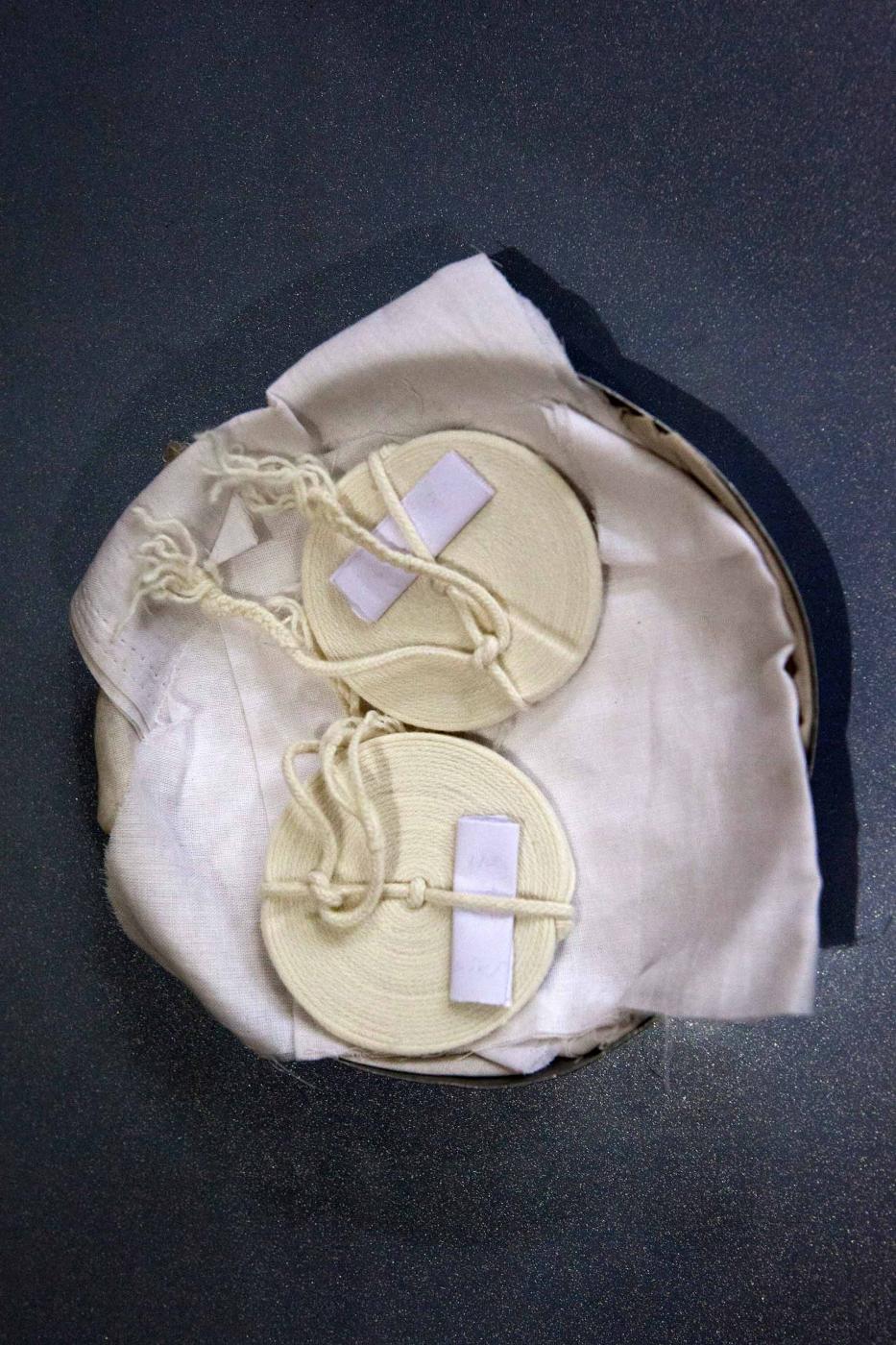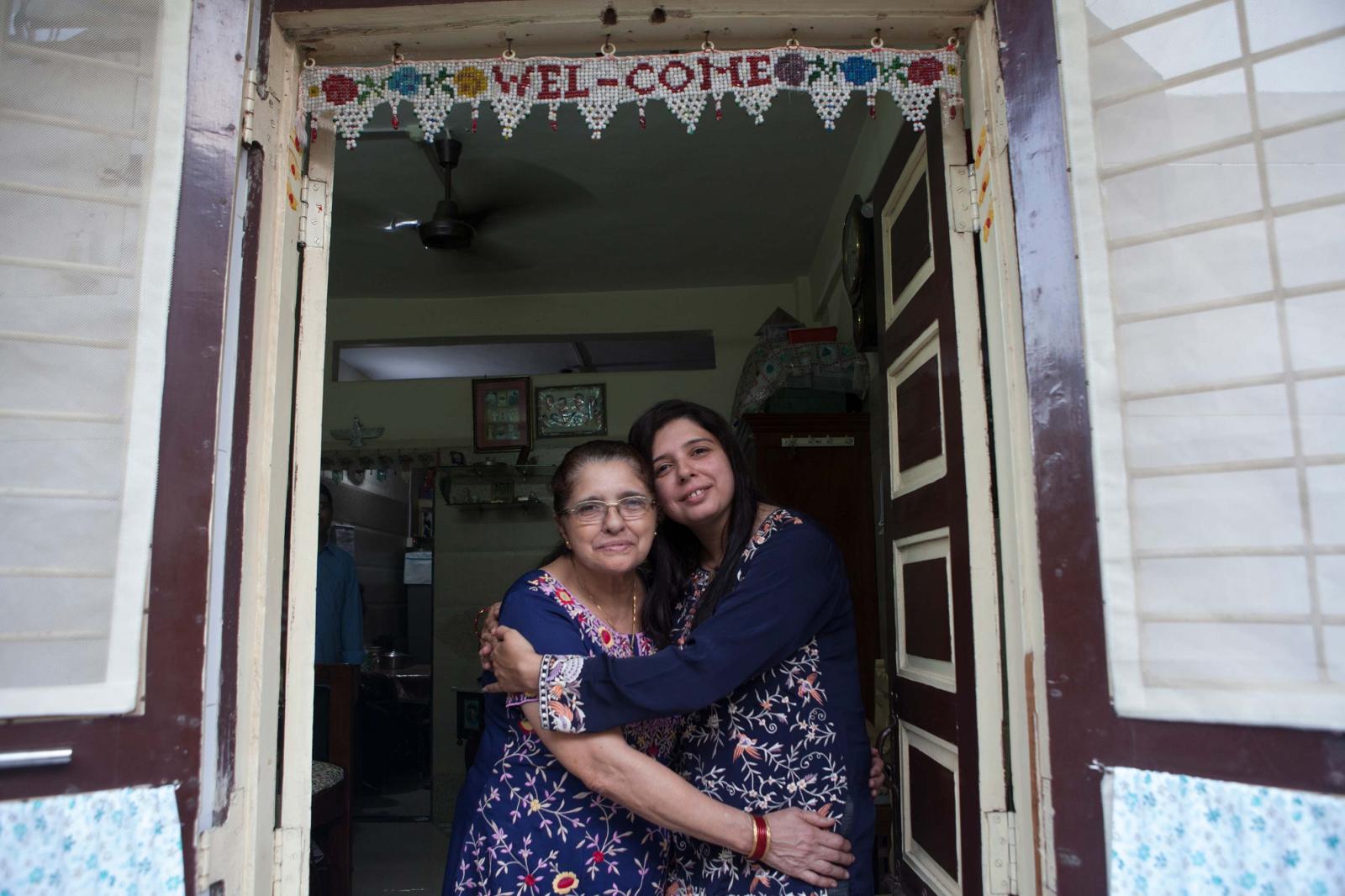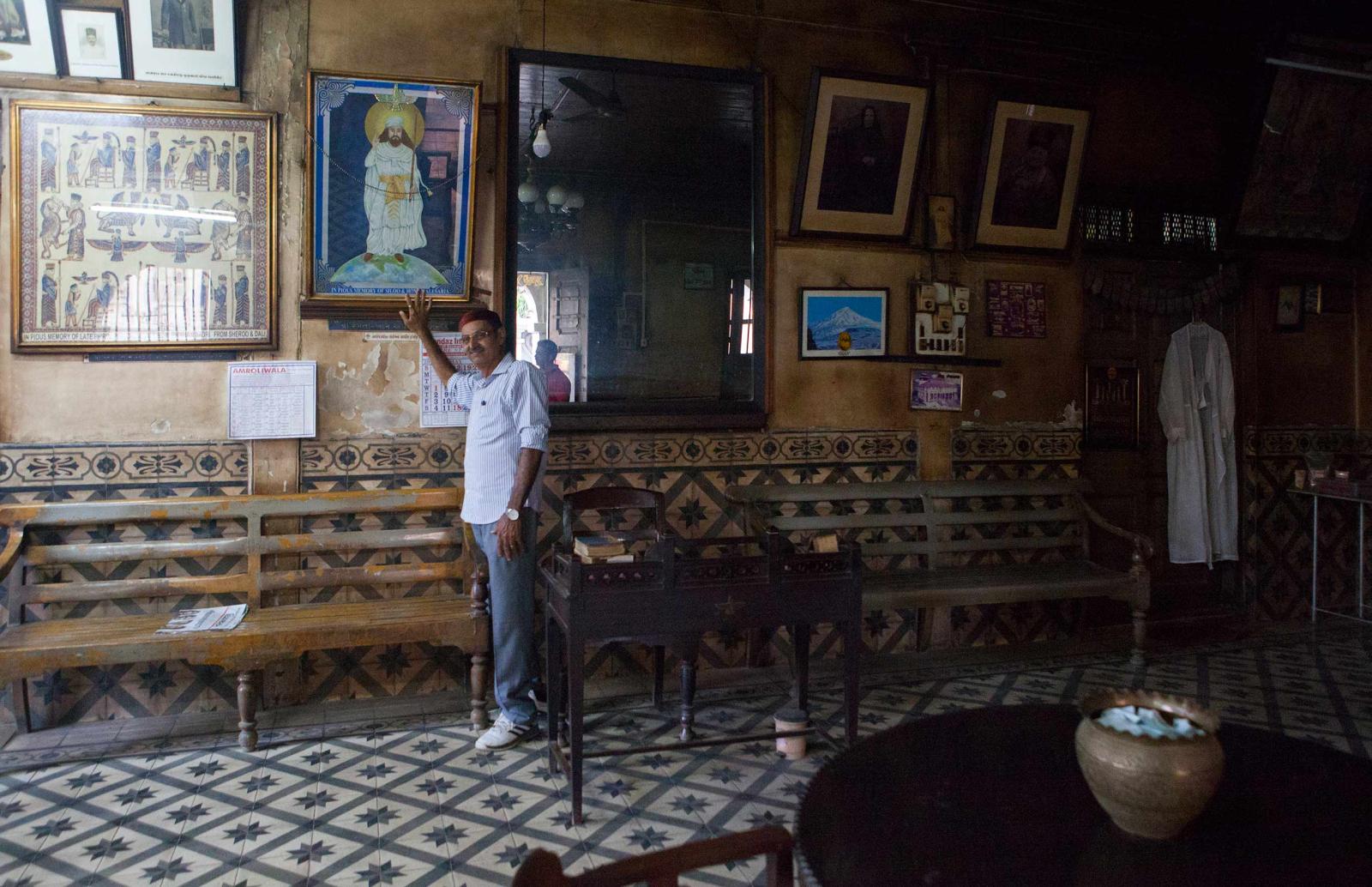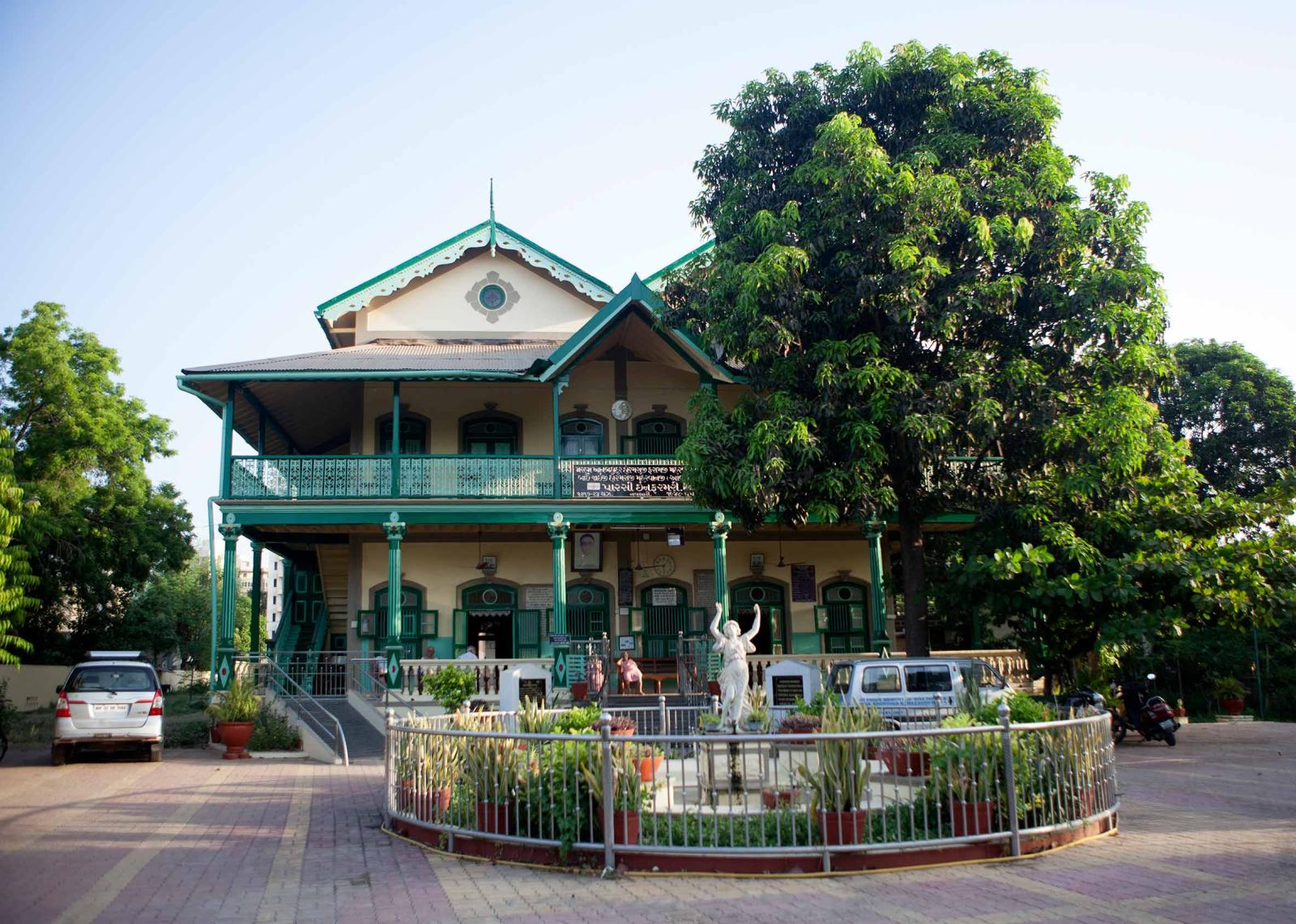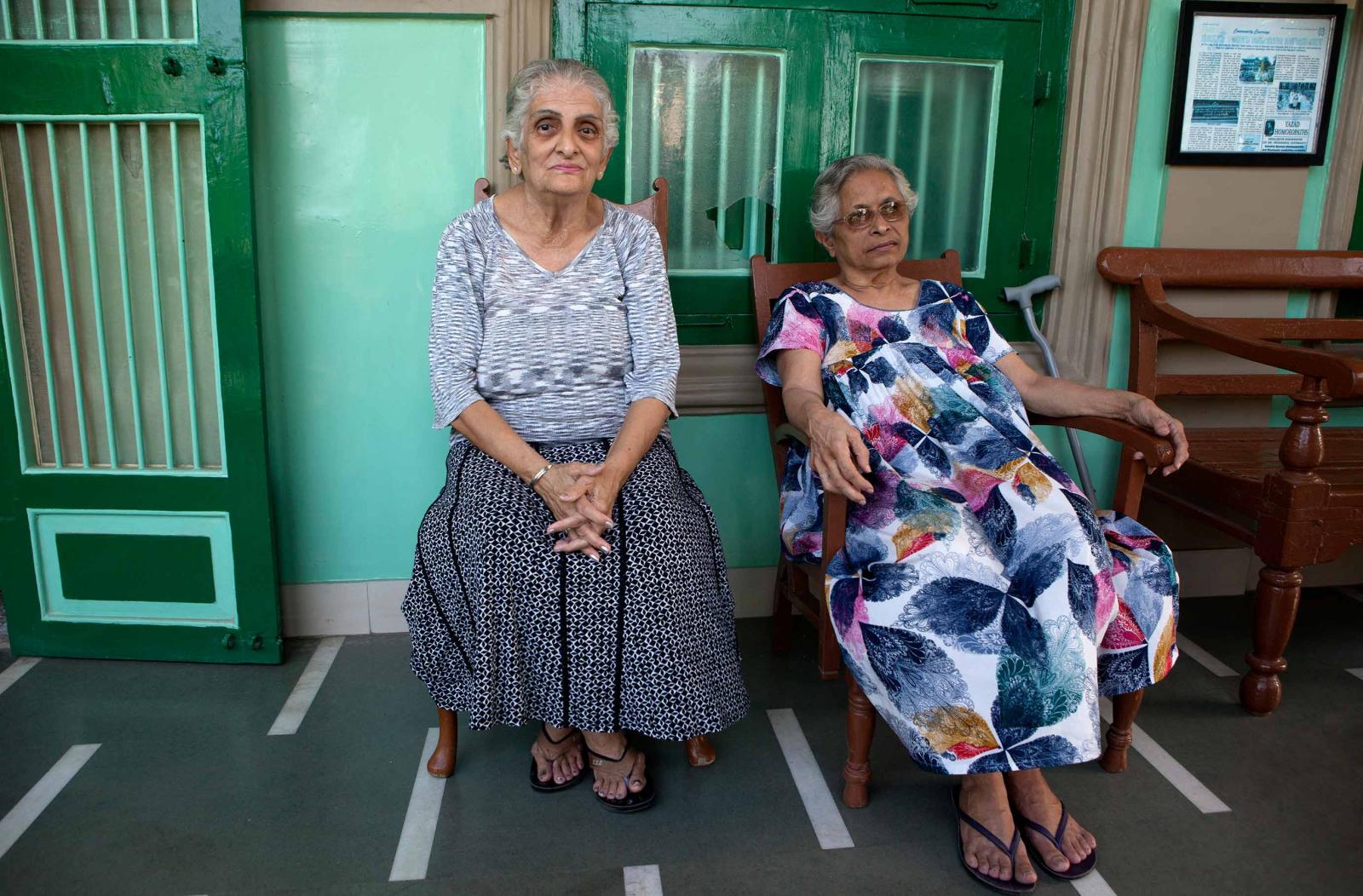Public Story
In memory of Greater Iran: The Zoroastrians of Navsari
This photo essay has been created as part of the Sahapedia Frames Photography Grant, supported by CSR funding from IndusInd Bank.
Zoroastrianism was a prominent religion in Iran (Persia) from the Achaemenid period until the Sassanian period. However, starting in the seventh century CE, Iran was gradually Islamised by a series of invasions originating from the Arabian peninsula, the birthplace of Islam. Though a majority of Iranians converted to Islam, they were not Arabised. The old Zoroastrian culture was kept alive in the heart of the new religion, including the usage of classical Persian language and the celebration of old festivals like Nowruz, Shab-e Chelle, Mehregan and Sadeh. Iranians mostly adopted parts of Islam which were closer to the Zoroastrian culture. For example, Khuda, one of the 101 names of Ahura Mazda, is still widely used for god, while namaz, the Zoroastrian prayer, was not replaced by the salah.
Thus, Iranian Islam is distinctly separate from the Sunni Islam of the Arabs. The old Zoroastrian religion survived as a small minority but faced an existential crisis in the post-Islamic Revolution period, starting in 1979 when Sharia law was imposed nationwide. A large population of Iranians, including Zoroastrians, migrated during this period.
Zoroastrianism (correct name Mazdayasna) could survive because certain verses of the Quran identify Zoroastrians (Majoos) in the Ahl al-kitab, meaning those groups mentioned as ‘People of the Book’. This qualified them as protected non-Muslim minorities (dhimmi) and allowed them to claim a seat in the parliament and the freedom to practice their religion, though only in their designated places of worship. They were denied any right to proselytise their religion or convert people from other religions to Zoroastrianism. Sharia Law also denied them jobs in the army and police forces or the government, whether nominated or elected. Also, in case of marriage with Muslims, the Zoroastrian partner must convert to Islam. One concession the community is allowed is that they can have their own schools where they can study their religion; they are not forced to study Islam until they reach the university level, which is otherwise mandatory in all government schools.
I was born in 1989, ten years after Iran was declared an Islamic Republic. My parents trace their origin to Dasht-e Mughan (Zoroastrian priests) in the Iranian province of Azarbaijan, an important base for Zoroastrianism since ancient Iran. After graduating in Tehran, I arrived in India to pursue a PhD from the Aligarh Muslim University. My ongoing thesis is on the Zoroastrian contribution to the development of photography in nineteenth-century India. As part of my research, I regularly interact with Zoroastrians living in India, popularly known as Parsis. In great contrast to the exclusion of Zoroastrians in Iranian society, the Parsis have not only prospered in India but have also been instrumental in nation-building, having been pioneers in trade, industry, politics, sports, education and philanthropy. As part of the Sahapedia Frames Photography Grant, I got to go beyond my PhD research and document the cultural ethos of the Parsi population living in Navsari, South Gujarat.
Parsis migrated in successive waves from Greater Iran, fleeing religious persecution following the Islamic conquest of Iran (Persia). They first arrived in Gujarat between the eighth and tenth centuries. Navsari in Gujarat was one of the earliest Parsi settlements in India and became a major centre of the Parsi priesthood. The current Parsi population in Navsari lives mostly in Ava Baug, Mehta Blocks, Bamji Building and Dinshaw Park. Navsari has many heritage buildings and public spaces built and run by the Parsi community. Meherji Rana Library has one of the world's richest collections of books related to Zoroastrianism. The Bhagarsath (Desai) Anjuman Atash Behram is one of the oldest fire temples in India (consecrated in 1765). Though some of these institutions are specific to the Parsi community, Parsi philanthropy benefitted people from all walks of life. Sir Jamsetji Jeejeebhoy, a famous merchant and philanthropist who made his fortune in Bombay, was born in Navsari. His humble birthplace has been converted into a museum. The same neighbourhood is the birthplace of another towering industrialist, Jamshedji Nasserwanji Tata, patriarch of the Tata business family. Dadabhai Naoroji, the first Indian to be a British MP and prominent Congress leader, was also born in Navsari.
I wanted to understand what collective memory the Parsis have for their original homeland in Greater Iran and how the two Zoroastrian communities interact. Though intermittent, Parsis maintained contact with their counterparts in Iran from the thirteenth to the sixteenth centuries, consulting them in matters of religious observances in order to maintain the purity of their rituals and their distinct racial identity. This need for prolonged guidance (The Revayats) reflects how the Zoroastrianism practised in Iran was considered more authentic and Parsis' deep-rooted anxiety about the dilution of their faith in India.
In modern times, some wealthy Parsis travel to Iran on special tours to Mount Damavand, in the Alborz mountains, the highest volcano in Asia, which has a special place in Persian mythology and folklore. A picture of Mount Damavand is displayed in most Parsi homes, agiaries (fire temples) and Irani cafes. Some Parsis I met shared nostalgia about visiting Persepolis, the ancient capital city in Fars province, Cyrus the Great’s Tomb at Pasargadae, and Naqsh-e-Rustam, the burial place of the Sassanid Kings. The glorious history of the Achaemenid Empire and kings like Cyrus, Darius and Xerxes is a matter of great pride amongst modern Parsis. However, nostalgia is more symbolic than a real connection with these places because these symbols are critical in keeping their identity as a minority community alive in India.
Sometime after they arrived in India, Parsis gave up Persian and adopted the local Gujarati language. Parsi women started wearing sarees like Indian women. Sensing a business opportunity, the Parsis were amongst the first Indians to trade with the British. The community accepted these changes, and it allowed them to integrate with Indian society and become prosperous and influential successfully. However, the vast population of the Indian subcontinent always played on the minds of the Parsi community, making them acutely wary of their small numbers. This fuelled insecurity about losing the purity of their faith, rituals and racial identity, which has resulted in contradictions in their social customs. For example, Parsi women ventured into public life much earlier and were stalwarts of women’s empowerment in India. Yet, Parsi inter-marriage laws are biased and discriminatory towards women to justify the desire of the community to maintain racial purity. For example, suppose a Parsi woman marries a non-Parsi man. In that case, she is excommunicated from society, and her children are no longer considered Parsi. Still, if a Parsi man marries a non-Parsi woman, he is neither penalised nor his children not accepted as Parsi. In addition to the marriage restrictions, Parsis do not allow non-Parsis to convert to Zoroastrianism.
Another important cultural reason has been the reticence in spreading knowledge about their faith to the outside world. The community is closed to outsiders. Although Parsis have lived in India for more than a thousand years, yet most Indians have little idea about Zoroastrianism. This is strange because Hinduism and Zoroastrianism are contemporary religions originating in Greater Iran or Aryana/Eranvich, according to the Avesta, and Aryavarta, according to Hindu texts like the Dharmashastras. Sanskrit and Avestan languages are considered sister languages. The oldest part of Avesta, called Gatha, was written in the same period as the Rig Veda, the oldest of the four sacred Vedas. This shared culture should act like a bridge in bringing the ancient civilizations of India and Iran closer to each other. I hope that through the efforts of the younger generation of Zoroastrians, this can be achieved in the future.

